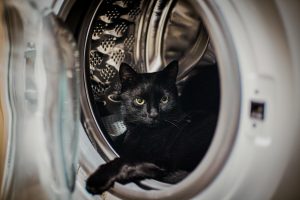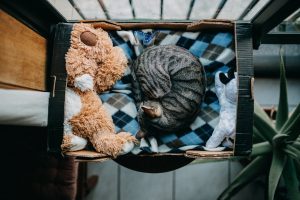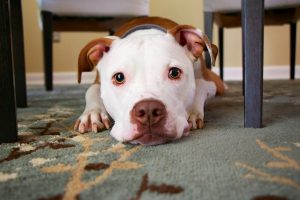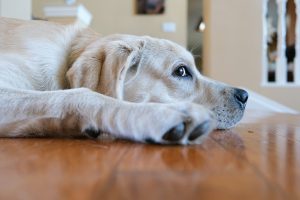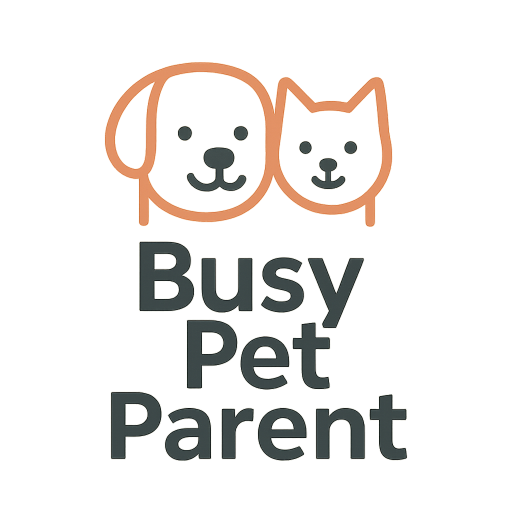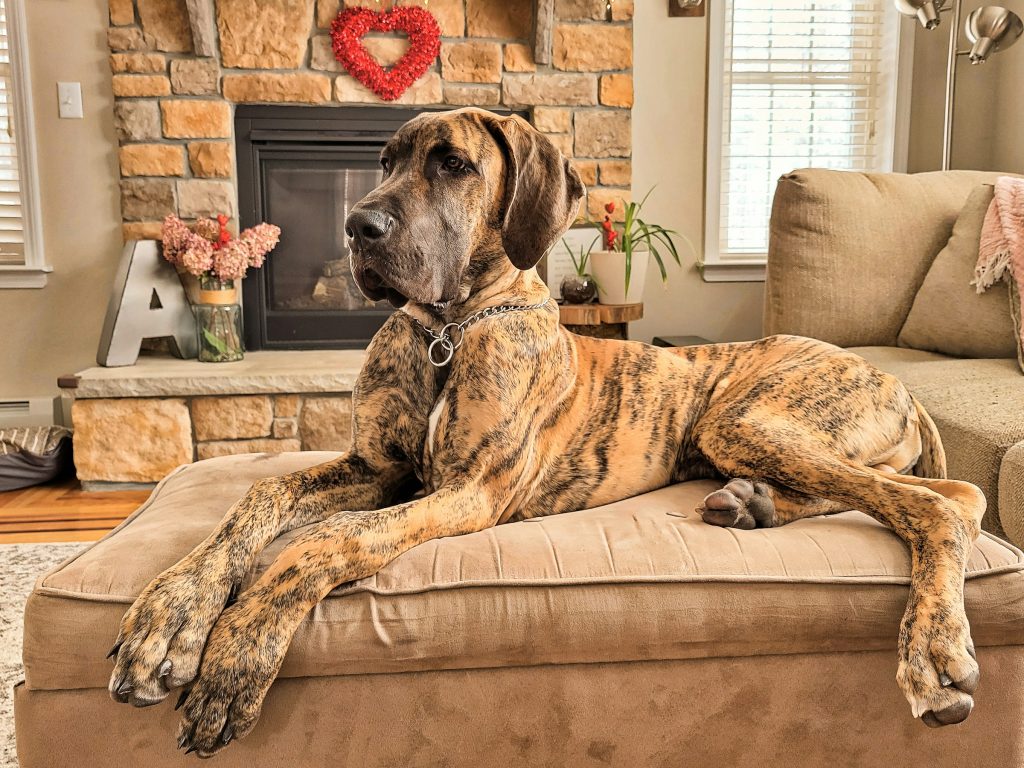
15 Brilliant Tips for Living in a Small Apartment With a Large Dog
Sharing a small apartment with a large dog can feel like a constant game of Tetris—dodging tail whacks, rearranging furniture, and finding creative ways to burn energy in tight quarters. But with the right strategies, it’s not only possible—it can be incredibly rewarding.
Big dogs bring big love, loyalty, and personality. The key is adapting your space and routines to keep both of you comfortable, happy, and stress-free. Whether you’ve got a Great Dane in a studio or a Husky in a one-bedroom, these 15 practical tips will help you thrive together.
1. Choose Space-Efficient Furniture (for Both of You)
When living with a large dog in tight quarters, every inch counts. Choose multi-functional furniture like ottomans with storage, lift-top coffee tables, or slim-profile sofas. If your dog has a bed or crate, consider placing it under a floating shelf or in a low-traffic corner.
Avoid bulky items that dominate walkways—your knees (and your dog’s tail) will thank you. Use vertical storage solutions to free up floor space for your pup to stretch, roll, or flop.
2. Create a Designated "Settle Zone"
Big dogs need a personal space to relax, especially in a small apartment where boundaries can feel blurry. Designate a cozy, calm “settle zone” with a thick orthopedic bed, soft lighting, and minimal foot traffic.
Train your dog to associate this spot with chill time. Use positive reinforcement to encourage them to go there when guests arrive, when you're cooking, or during Zoom calls. A reliable settle zone cuts down on crowding and overexcitement.
3. Schedule Short, Frequent Walks
Large breeds need regular movement to avoid boredom and restlessness. If long outdoor adventures aren’t always feasible, aim for shorter walks 3–4 times a day. These outings give your dog physical and mental stimulation—even if they’re just 10–15 minutes each.
Try varying your walking route to keep things interesting. Bonus: structured walk routines also support house-training and reduce pent-up indoor energy.
4. Use Puzzle Feeders to Burn Mental Energy
When space is limited, mental stimulation becomes just as important as physical exercise. Puzzle feeders, snuffle mats, and treat-dispensing toys challenge your dog’s brain while slowing down their meals—ideal for high-energy large breeds who get bored easily.
Rotate enrichment toys to keep things novel, and try freezing some food toys for longer-lasting entertainment. A mentally satisfied dog is a calmer, cleaner roommate.
5. Invest in Durable, Apartment-Friendly Flooring Protection
Large dogs often come with sharp claws, muddy paws, and accidental spills. Protect your floors with washable rugs, rubber-backed mats, or interlocking foam tiles in high-traffic areas like entryways and feeding zones.
Choose materials that are non-slip, water-resistant, and easy to clean. This helps prevent damage to rental floors and cuts down on cleanup time—while making your apartment safer for zoomies and roll-arounds.
6. Use Room Dividers or Baby Gates to Manage Space
In a small apartment, your kitchen, living room, and workspace may all blur together. Room dividers or freestanding baby gates can help you gently control where your dog is allowed—especially during meal prep or cleanup.
This also helps with training, reduces distractions, and gives your dog a predictable layout to navigate. Look for pressure-mounted or foldable gates that don’t damage walls and fit tight spaces.
7. Practice Quiet Time to Reduce Noise Complaints
Large dogs often have deep barks that carry through thin apartment walls. Reduce noise issues by teaching a “quiet” cue and rewarding calm behavior. If your dog barks at hallway sounds, use white noise machines or background music to mask triggers.
Also, give your pup a job—like chewing on a long-lasting treat or frozen toy—during common trigger times like mail delivery or neighbors returning home.
8. Maximize Vertical Storage (and Keep Things Dog-Safe)
With a large dog in a small apartment, clutter control is crucial. Use vertical shelves, hanging organizers, and over-the-door racks to get gear off the floor. Keep leashes, waste bags, treats, and grooming supplies in clearly labeled bins or caddies.
And always store cleaning products and human food up high or in latched cabinets—many large dogs can easily reach countertops, trash cans, and low pantry shelves.
9. Teach “Place” and “Back Up” Commands
Apartment life means lots of tight corners and doorways. Teaching your large dog to “go to place” (bed/mat) or “back up” on cue can be game-changing when navigating narrow halls or answering the door.
These simple but powerful commands give you more control in small spaces and help your dog feel more secure and focused during high-traffic moments.
10. Choose Low-Odor, Easy-Clean Grooming Options
When you live in a small space, your dog’s scent can quickly dominate the apartment. Brush your large dog regularly using a de-shedding tool or slicker brush, and wipe paws daily with pet-safe grooming wipes.
If baths are a challenge, use waterless shampoos or dry dog sprays that neutralize odor. Regular grooming not only keeps the apartment smelling fresh—it also reduces allergens and shedding buildup.
11. Use Window Perches or Bench Seating for Enrichment
Many large dogs enjoy watching the world go by. If your apartment has a window with a view, set up a padded bench, ottoman, or low-profile platform so your dog can look outside safely.
This passive stimulation helps reduce boredom and gives your dog a sense of “territory.” Be sure to move tempting objects away from window ledges, especially if your dog has a strong prey drive or reactivity to passing dogs.
12. Have a Grab-and-Go Tote for Quick Potty Breaks
Potty emergencies happen, especially with big dogs who drink a lot of water. Keep a small basket or tote near your door with poop bags, a towel, wipes, treats, and a slip lead.
Being able to get outside quickly can prevent accidents and helps maintain your dog’s routine. Plus, if you ever have to hand your dog off to a neighbor or walker, everything’s already in one place.
13. Prioritize Apartment-Safe Chew Toys and Bones
Large dogs have strong jaws and big appetites for chewing. Offer durable chew toys like nylon bones, rubber treat-holders, or natural options like yak cheese chews. These not only curb boredom but also reduce destructive habits when you’re away.
Avoid toys that splinter, roll easily on hardwood floors, or are loud enough to disturb neighbors. Stick with chews that offer mental engagement without creating a mess or safety hazard.
14. Keep Essentials on a Rotation System
When space is limited, it’s easy for large-dog supplies—bulky beds, bags of food, towels, toys—to overflow. Use a rotation system to keep only what you need for the week easily accessible. Store backup items in bins, closets, or under-bed containers.
This keeps your apartment clutter-free and prevents overstimulation for your dog. Too many toys out at once can lead to chaos (and forgotten squeakers under the couch).
15. Know When to Get Help (and Give Yourself Grace)
Even with all the hacks and routines in place, some days will be tough. Don’t hesitate to lean on a local dog walker, daycare, or pet-sitting friend when your schedule gets packed or your energy runs low.
Living in a small apartment with a large dog takes creativity, patience, and humor. Celebrate the wins, forgive the mishaps, and know that your pup doesn’t care about square footage—they just want to be with you.
Final Thoughts
These 15 tips prove that you can absolutely thrive with a large dog in a small apartment. With thoughtful design, structured routines, and a little flexibility, you and your pup can enjoy a calm, cozy life—tail wags and all.
Remember: it’s not about having the perfect space. It’s about building a life that works for both of you, one paw print at a time.
Frequently Asked Questions
Is it okay to have a large dog in a small apartment?
Yes! Many large breeds are surprisingly well-suited to apartment living as long as they get enough exercise, mental stimulation, and structure. It's all about routine, enrichment, and making the space work for both of you.
What dog breeds do well in small apartments?
Some larger breeds known for being calm indoors include Greyhounds, Great Danes, Mastiffs, and Bernese Mountain Dogs. Regardless of breed, individual temperament and training matter most.
How can I exercise a big dog if I don’t have a yard?
Try multiple short walks, stair climbing (if safe), indoor fetch with soft toys, enrichment feeders, and puzzle games. You can also schedule regular park trips or doggy daycare for more vigorous activity.
How do I keep my apartment clean with a big dog?
Use washable rugs, regularly groom your dog, wipe paws at the door, and clean up spills right away. Storage bins, air purifiers, and routine vacuuming can make a huge difference in tight spaces.
Can a big dog be happy without a backyard?
Absolutely. What matters more is your time, attention, and willingness to meet their physical and emotional needs. With creativity and consistency, large dogs can live rich, full lives in small spaces.
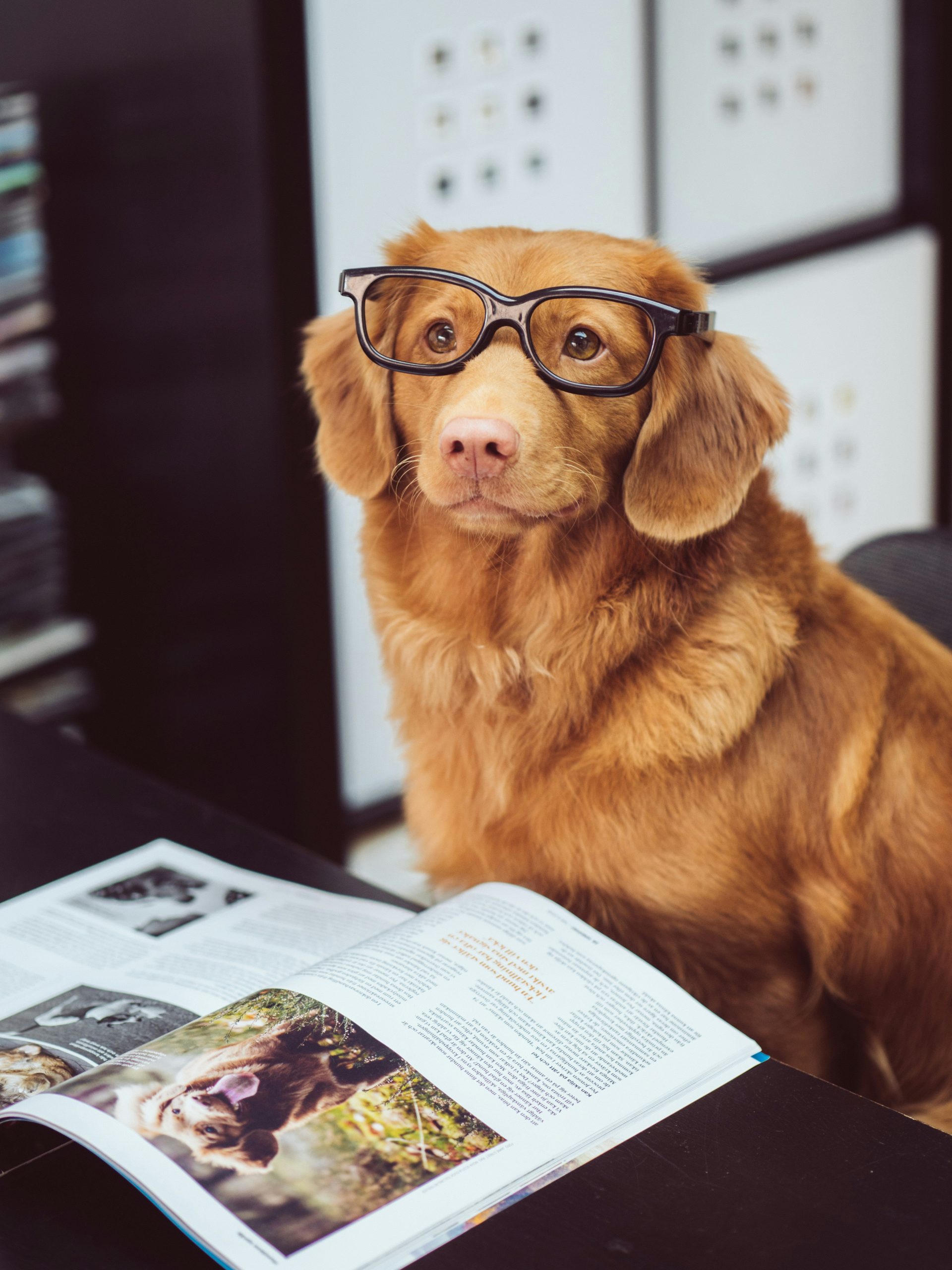
Join the Busy Pet Parent Newsletter!
Get easy routines, time-saving tips, and the latest gear reviews—delivered straight to your inbox.
Perfect for busy pet owners, apartment dwellers, and anyone who wants a happy, healthy companion (without the stress).
Exclusive guides & checklists
Product recommendations & deals
No spam—unsubscribe anytime!
